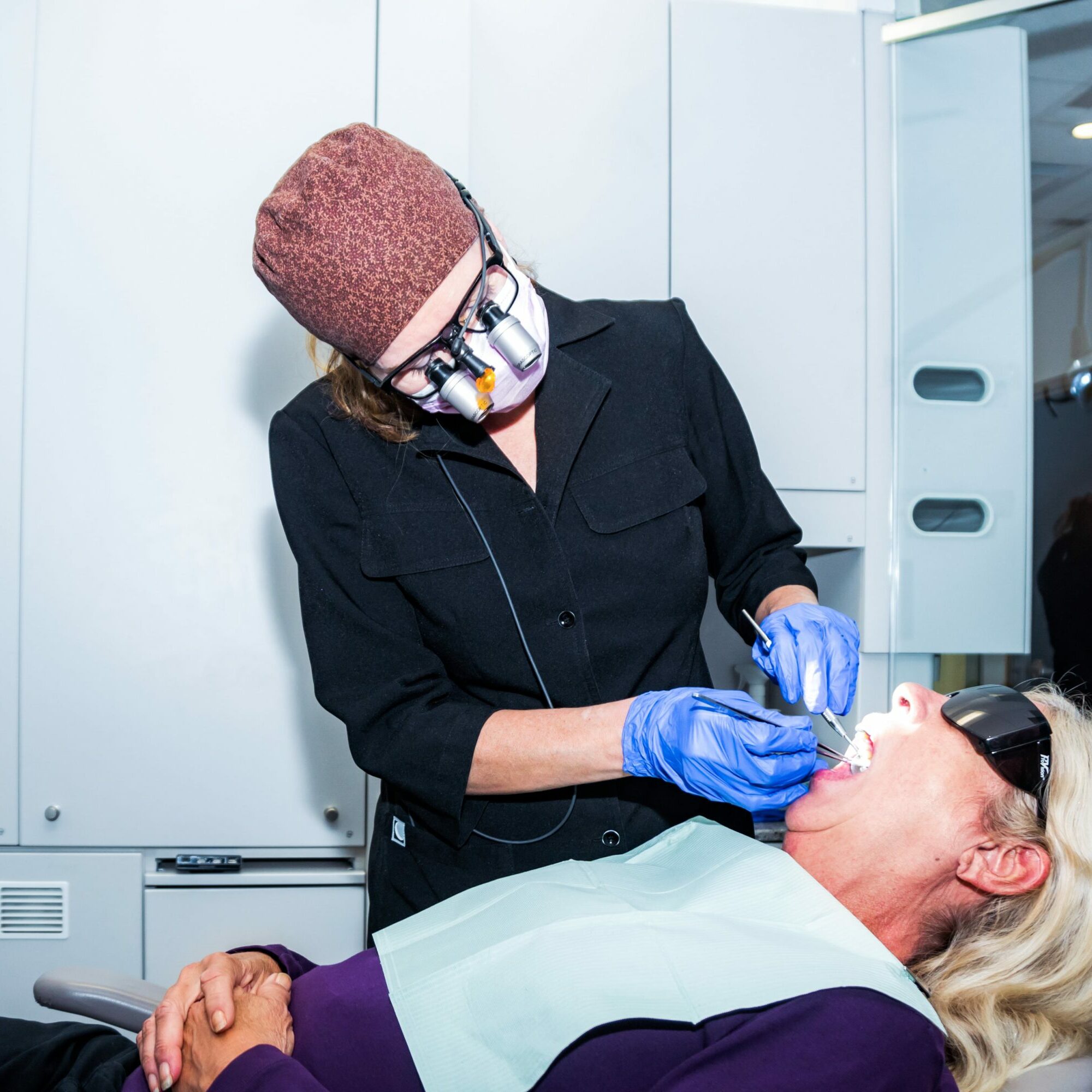Root canals are a restorative process designed to relieve pain and swelling and to remove the bacteria that’s causing infection in your tooth. While we try to avoid having to perform root canals, especially if you’re prone to chronic inflammation, sometimes it’s a viable option.
If you suspect you may need advanced treatment, we offer root canal therapy as well as alternatives. We’ll fully explain what the options are so you can recover your dental health as quickly as possible.

What are root canals?
At the core of your tooth is a layer of soft tissue called pulp, which contains blood vessels, connective tissue and nerve endings. If a cavity gets through your tooth’s enamel and dentin layers, it can infect and even kill the the pulp. It’s also possible to develop an infection as the result of damage, like a crack in the tooth.
If the infection spreads down into the roots of your teeth, you may need a root canal treatment to clean out the pulp and replace it with a filler. Often the tooth needs a dental crown placed on top to preserve its strength.
The benefit to having a root canal done is that it will leave your natural tooth in place, with the decayed tissue removed. Most root canals can be done in one visit, and after you recover, you can go back to daily life.
What is the procedure for a root canal?
It’s important that your dentist first confirms that a root canal makes sense by reviewing x-rays of the infection and by reviewing your health and discussing the alternatives.
If you and your dentist decide to go ahead with the treatment, you’ll be relieved to know that root canal therapy has become a virtually painless process. During the procedure, your dentist will:
- Provide you with a local anaesthetic (or if you request, dental sedation).
- Remove the infected enamel and pulp.
- Treat the canals with a combination of different disinfectants which are activated with a sonic device which is designed to safely and vigorously energize the hydrodynamic phenomenon. Activated fluids promote deep cleaning and disinfection into lateral canals, fins, webs and anastomoses.
- Fill the canals (we use a biocompatible filler).
- Seal the surface of the tooth with a filling. In certain circumstances, depending on the structure of the tooth, a crown or onlay will be recommended to strengthen the tooth.
How do I recover from a root canal?
Most people can return to work or school a few hours after the treatment, although they may experience some soreness or numbness. We’ll provide you with all the advice you need to care for the site until everything returns to normal.
What are the risks of a root canal?
We don’t recommend root canals if there’s so much damage to the tooth that it can’t withstand the process, or if your tooth will become too fragile for daily use. Other risks include:
- Some people react poorly to the standard filler, called gutta-percha. At Oceana, we manage that risk by using more biocompatible fillers.
- As you age, the root canalled tooth may continue to cause problems because it isn’t as strong as the rest of your teeth.
Depending on your overall health and preferences, we may recommend removing the tooth and replacing it with a dental implant.
What happens if I leave the infected root canal untreated?
Unfortunately, severely infected teeth don’t heal on their own. If you try to tough it out, the infection may spread into your jaw bone, and cause severe damage. In very rare cases the infection can spread throughout the body and become life-threatening.